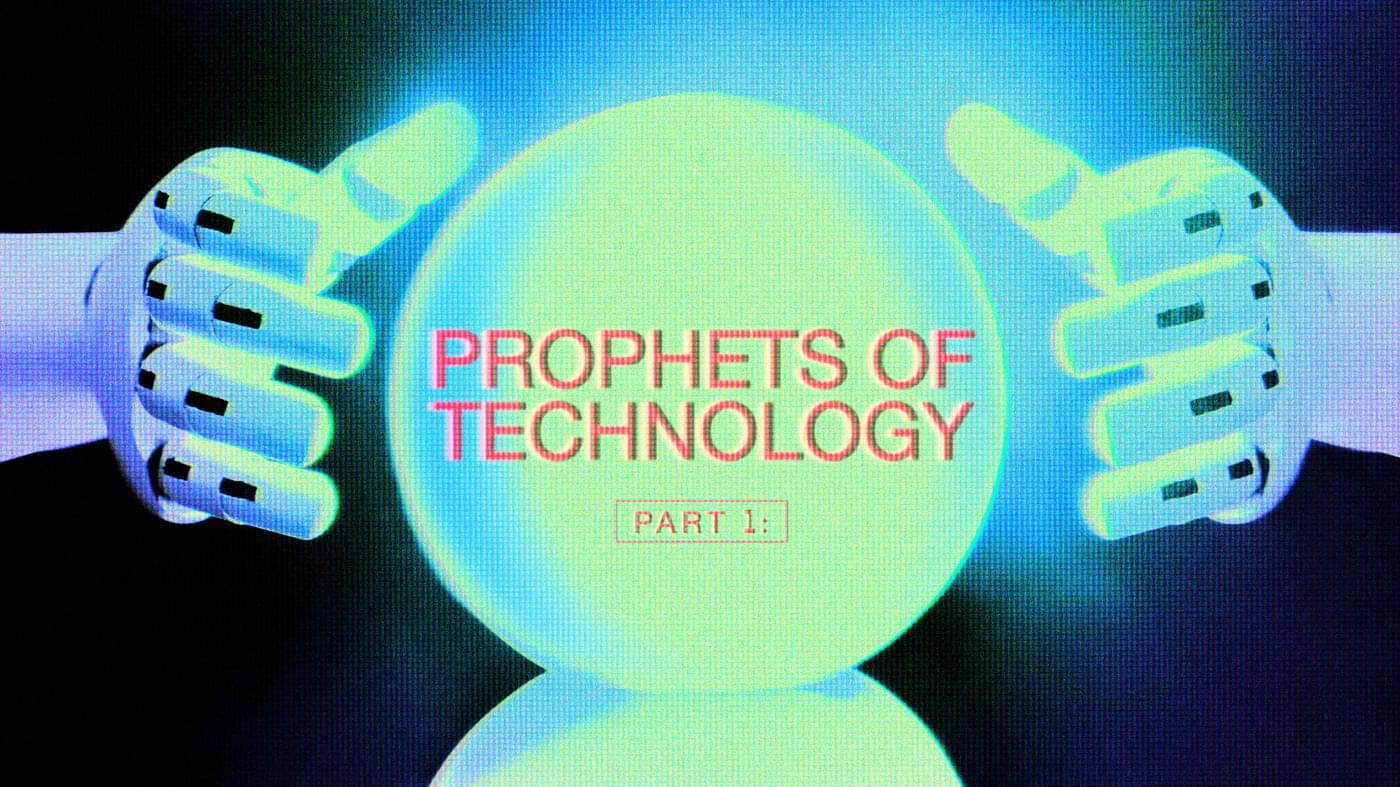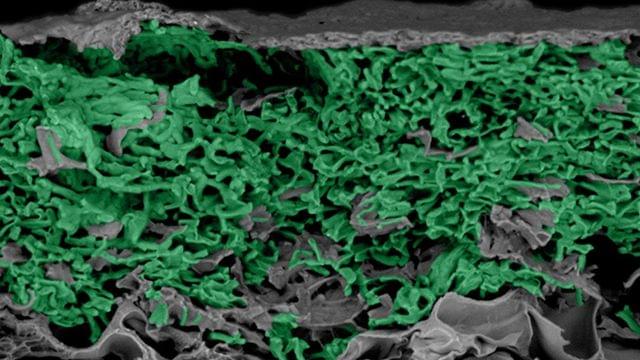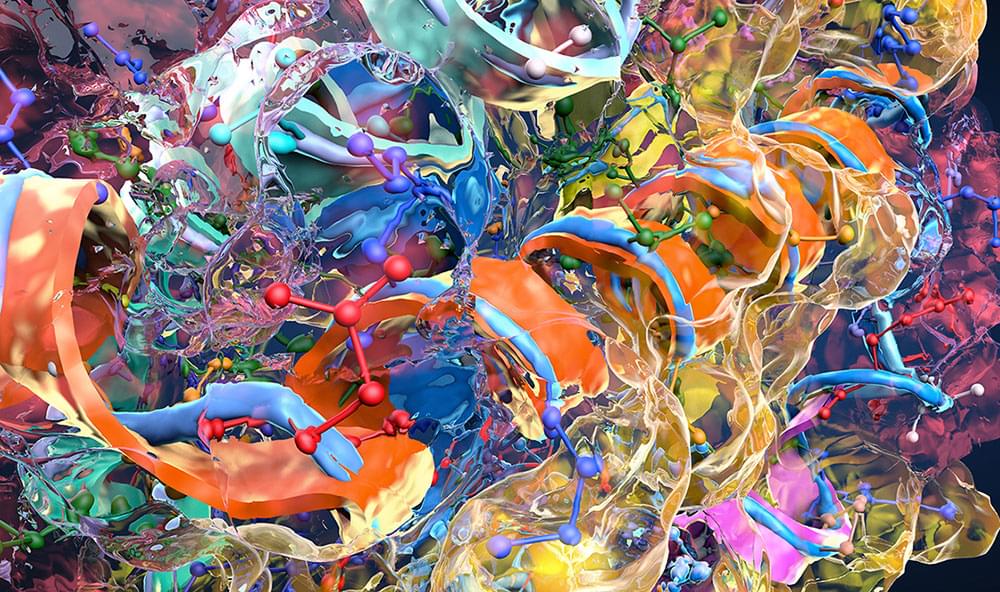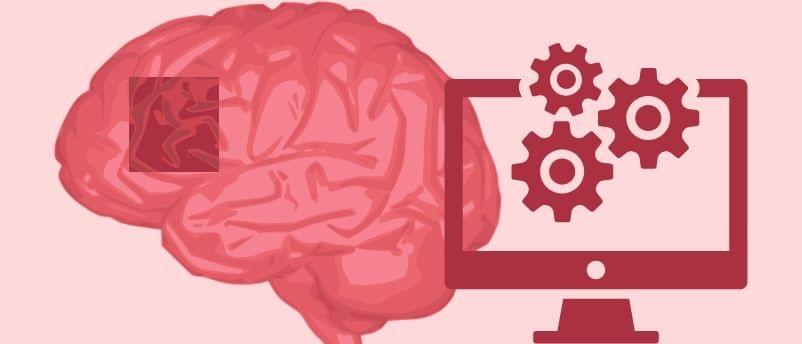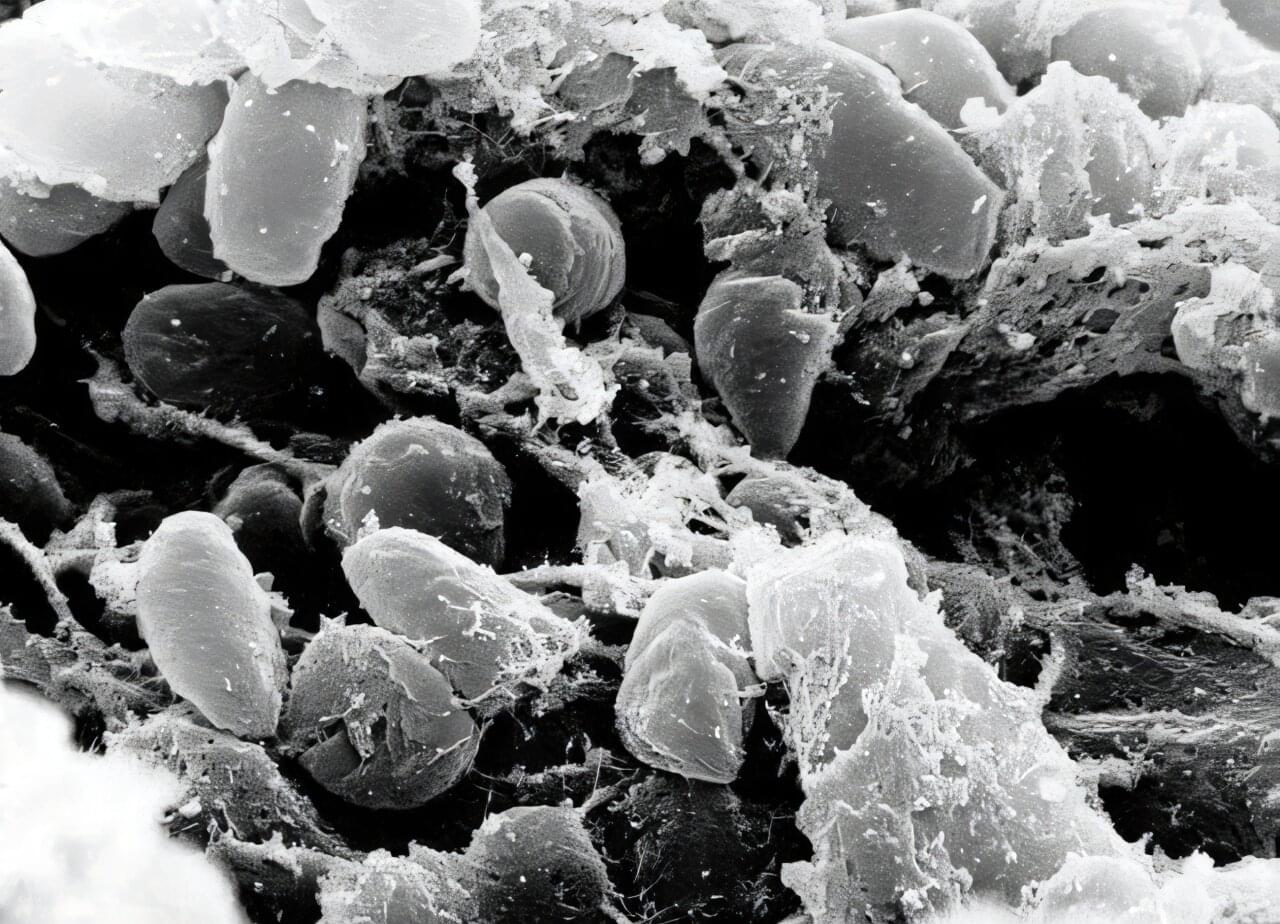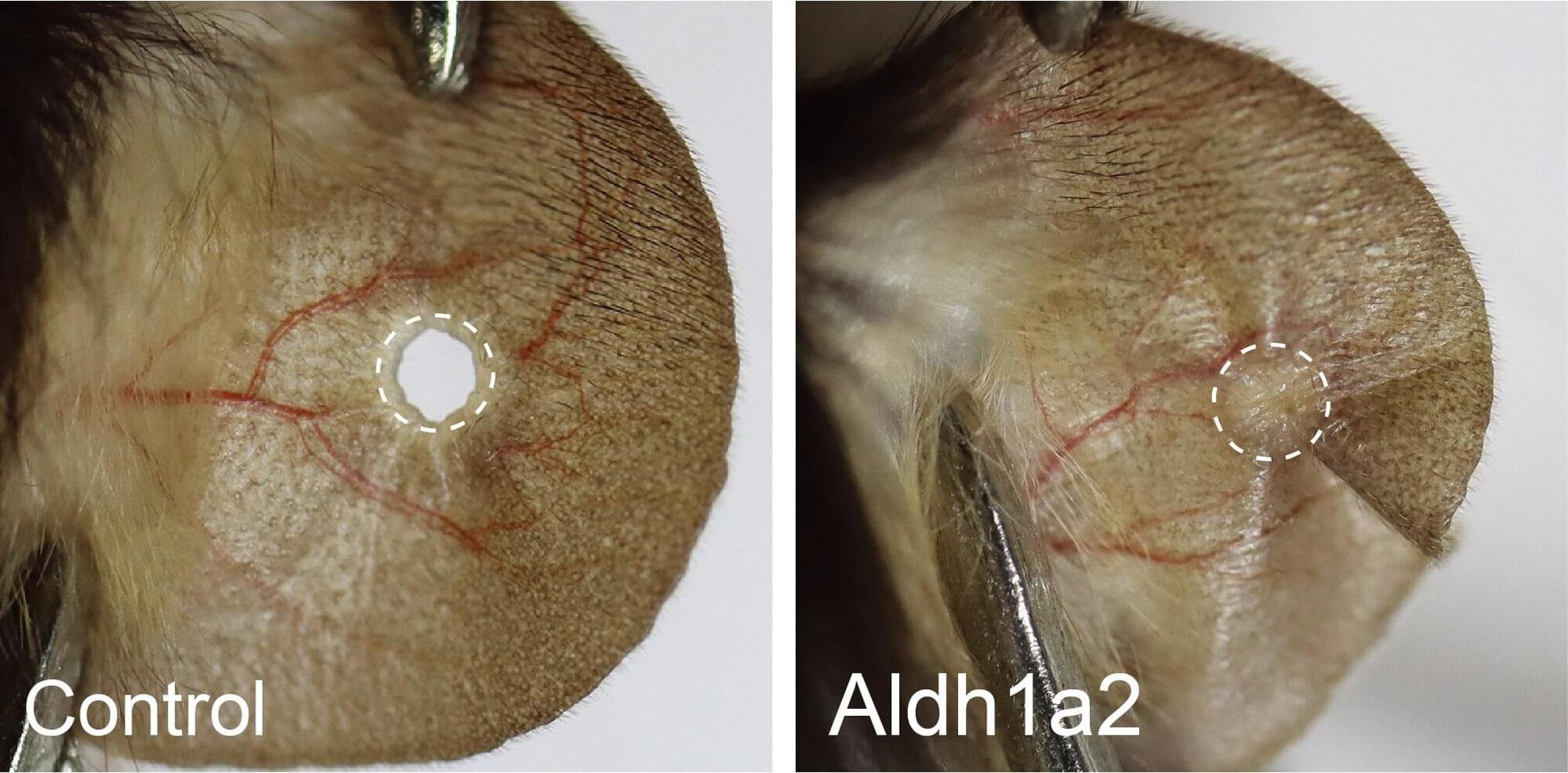As AI infiltrates every aspect of our lives, who are some of the people behind this huge inflection point? In this special three-part series, you’ll hear from the people predicting and shaping our tech future. Host Manoush Zomorodi reports on the latest and revisits her favorite conversations with the minds crafting the digital world we live in today: what they’ve gotten right — and wrong — and where they think we’re headed next. Part 1 features futurist Ray Kurzweil and counterculture icon Stewart Brand. TED Radio Hour+ subscribers now get access to bonus episodes, with more ideas from TED speakers and a behind the scenes look with our producers. A Plus subscription also lets you listen to regular episodes (like this one!) without sponsors. Sign-up at plus.npr.org/ted.
